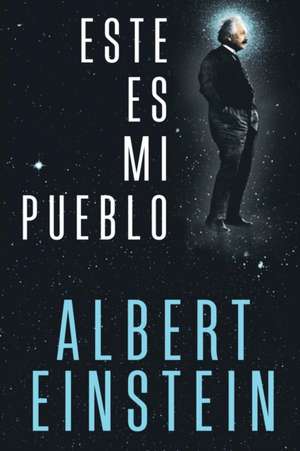Este Es Mi Pueblo
Autor Albert Einsteines Limba Spaniolă Paperback
En este libro encontrata varios trabajos del c lebre f sico, referentes a su manera de ver al mundo de los hombres y su destino hist rico.
La primera parte, re ne varias publicaciones en torno al tema del Juda smo, que implica tambi n abordar su toma de conciencia del ser jud o a nivel personal, y a nivel social.
Los otros escritos est n referidos a diversas circunstancias que vivi el mundo europeo a partir de la segunda guerra mundial, su correlaci n con el pueblo jud o, y el registro personal que en cada ocasi n dio a conocer el propio Einstein.
Sus reflexiones son de una meridiana claridad, indicadoras de un esp ritu imbuido de una intensa religiosidad, precisamente por la medida de su percepci n del concierto de la creaci n.Pero es la suya una religiosidad que para nada se relaciona con el dogma, sino que abre fronteras y prejuicios, de modo que sus instancias son profundamente ticas y universales.
Preț: 85.94 lei
Nou
16.44€ • 17.17$ • 13.61£
Carte disponibilă
Livrare economică 15-29 martie
Specificații
ISBN-10: 1684112508
Pagini: 144
Dimensiuni: 152 x 229 x 9 mm
Greutate: 0.22 kg
